Bluvstein, D., Evered, S.J., Geim, A.A. et al. Logical quantum processor based on reconfigurable atom arrays. Nature (2023). https://doi.org/10.1038/s41586-023-06927-3
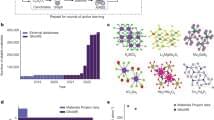

Bluvstein, D., Evered, S.J., Geim, A.A. et al. Logical quantum processor based on reconfigurable atom arrays. Nature (2023). https://doi.org/10.1038/s41586-023-06927-3
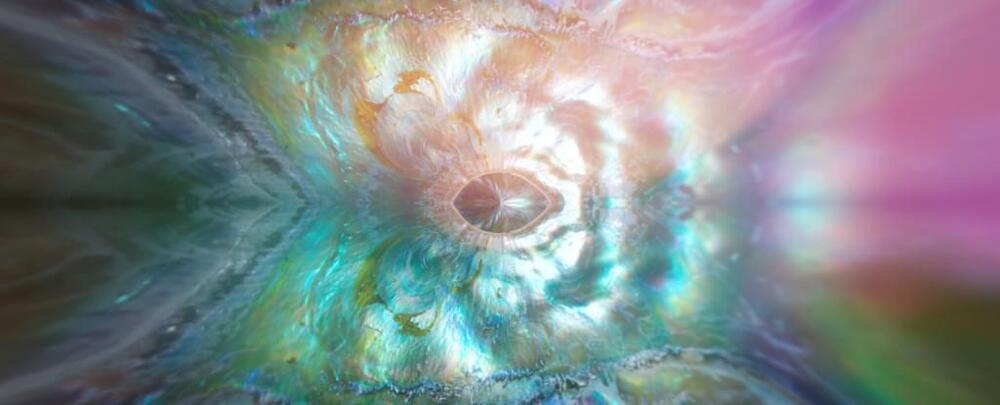
In a typical battery, charged ions zip one way through a sea of other particles as the battery recharges, before racing back in the other direction to release the stored energy on cue.
Back and forth the ions go, some getting diverted along the way, until the capacity of the battery is drained, and it loses energy too quickly to be of any use.
But physicists, good on them, are imagining new ways of storing energy in handy portable devices by drawing on a strange quantum phenomenon that twists time, amongst other unusual happenings.
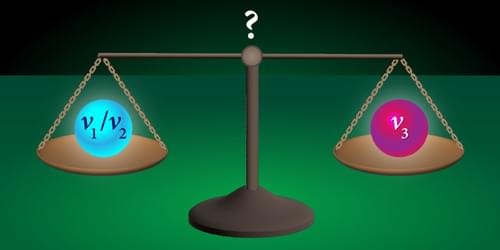
The combined analysis of present and upcoming atmospheric-neutrino experiments may lead to the solution of outstanding puzzles in neutrino physics.
Neutrinos are fickle. Produced with a certain leptonic flavor (electron, muon, or tau), neutrinos can change their flavor as they travel through space. In 1998, researchers discovered this beyond-standard-model neutrino-oscillation phenomenon using neutrinos from natural sources—Earth’s atmosphere and the Sun. Increasingly accurate experiments also involved artificial neutrino sources such as accelerators and nuclear reactors. These experiments have significantly advanced our understanding of neutrino oscillations but haven’t yet solved two important related questions regarding the ordering of neutrino masses and possible violations by neutrinos of a fundamental symmetry known as charge-parity (CP) symmetry. New work by Carlos Alberto Argüelles-Delgado of Harvard University and colleagues shows that atmospheric neutrino experiments, once pivotal in the discovery of neutrino oscillation, can still play a key role in answering those questions [1].
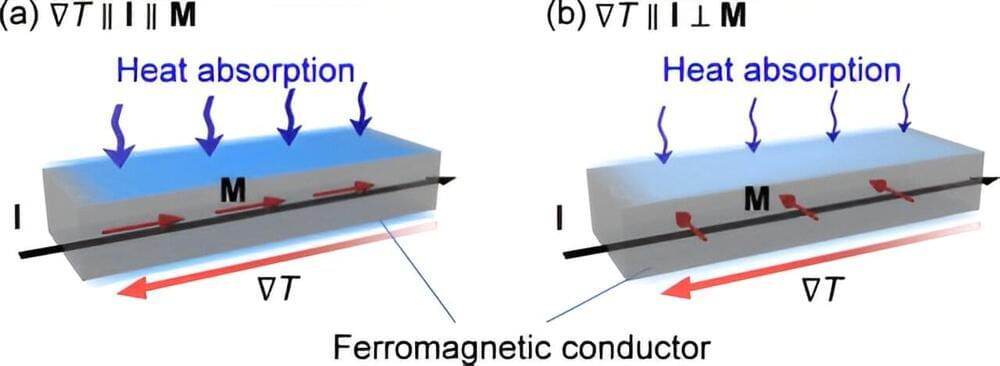
The National Institute for Materials Science (NIMS) has succeeded in directly observing the “anisotropic magneto-Thomson effect,” a phenomenon in which the heat absorption/release proportional to an applied temperature difference and charge current (i.e., Thomson effect) changes anisotropically depending on the magnetization direction in magnetic materials.
This research is expected to lead to further development of basic physics and materials science related to the fusion area of thermoelectrics and spintronics, as well as to the development of new functionalities to control thermal energy with magnetism. The study is published in the journal Physical Review Letters.
The Thomson effect has long been known as one of the fundamental thermoelectric effects in metals and semiconductors, along with the Seebeck and Peltier effects, which are driving principles of thermoelectric conversion technologies.
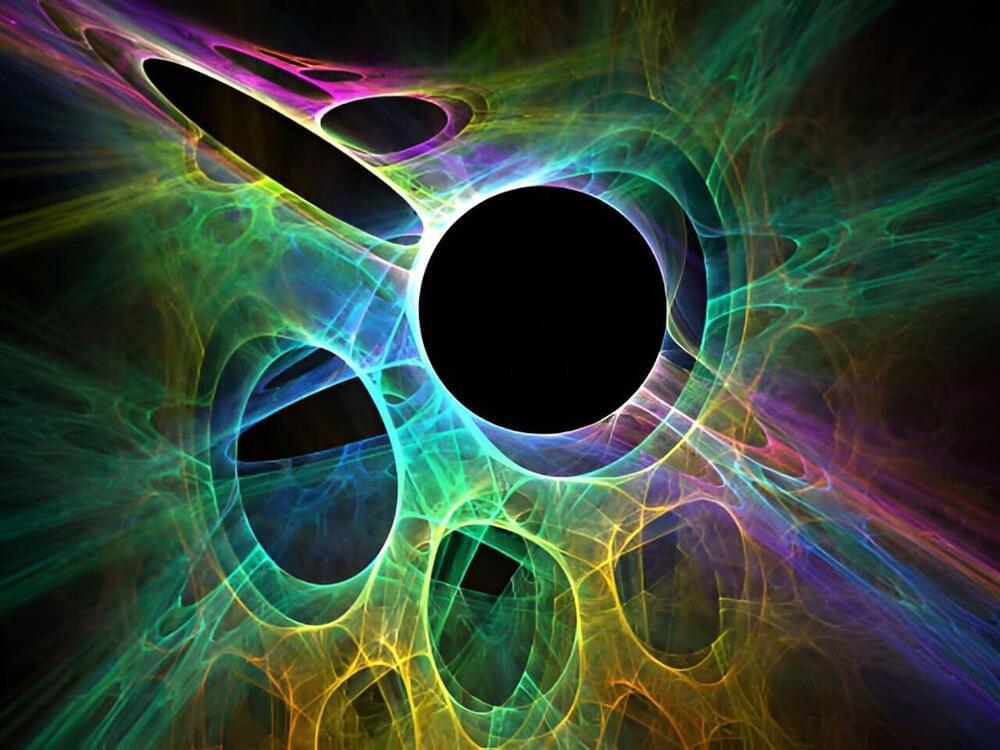
String theory found its origins in an attempt to understand the nascent experiments revealing the strong nuclear force. Eventually another theory, one based on particles called quarks and force carriers called gluons, would supplant it, but in the deep mathematical bones of the young string theory physicists would find curious structures, half-glimpsed ghosts, that would point to something more. Something deeper.
String theory claims that what we call particles —the point-like entities that wander freely, interact, and bind together to make up the bulk of material existence—are nothing but. Instead, there is but a single kind of fundamental object: the string. These strings, each one existing at the smallest possible limit of existence itself, vibrate. And the way those strings vibrate dictates how they manifest themselves in the larger universe. Like notes on a strummed guitar, a string vibrating with one mode will appear to us as an electron, while another vibrating at a different frequency will appear as a photon, and so on.
String theory is an audacious attempt at a theory of everything. A single mathematical framework that explains the particles that make us who and what we are along with the forces that act as the fundamental messengers among those particles. They are all, every quark in the cosmos and every photon in the field, bits of vibrating strings.
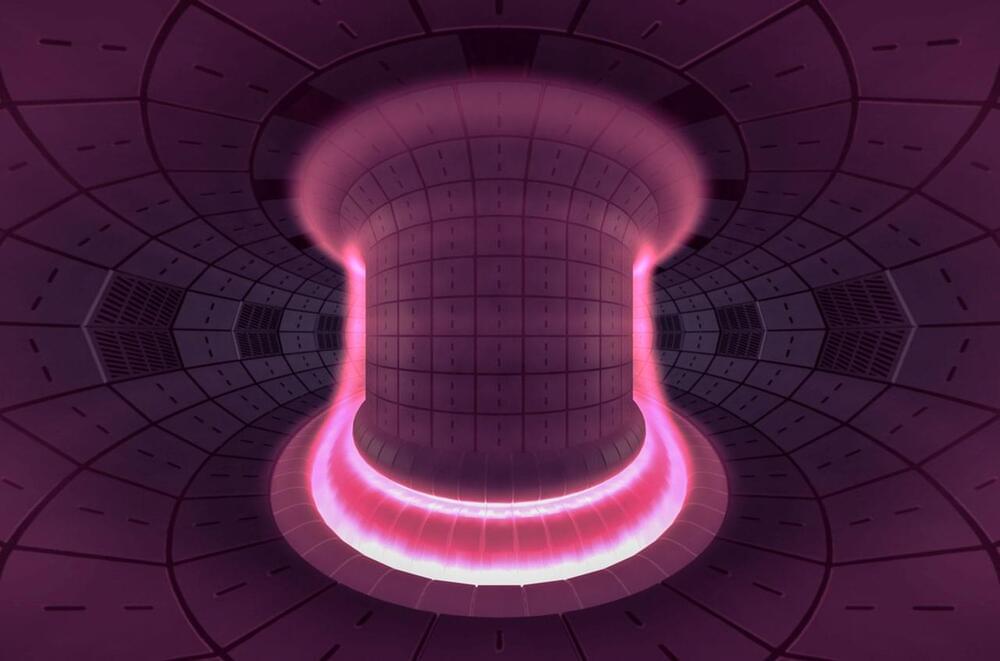
For decades, achieving controlled fusion was a physics challenge. But now, as the ITER megaproject gears up to demonstrate fusion’s potential as an energy source—and startup companies race to beat it—the practical roadblocks to fusion power plants are coming into focus. One is a looming shortage of tritium fuel. Others could prevent reactors from ever running reliably—a necessity if fusion is to provide a constant “baseload” to complement intermittent solar and wind power.
Some of fusion’s fitfulness is innate to the design of doughnut-shaped tokamak reactors. The magnetic field that confines the ultrahot, energy-producing plasma is generated in part by the charged particles themselves, as they flow around the vessel. That plasma current in turn is induced by pulses of electrical current in a coil of wire in the doughnut’s hole, each lasting a few minutes at most. In between pulses the magnetic field ebbs, interrupting tokamak operations—and power delivery. The repetitive starts and stops of the reactor’s powerful magnetic fields also generate mechanical stresses that could eventually tear the machine apart.
In theory, the beams of particles and microwaves used to heat the plasma can also drive the plasma current. So can a quirk of plasma physics called the bootstrap effect. Near the edge of the plasma, a sharp pressure gradient causes the particles to spiral in such a way that they interfere with each other and push themselves—by their own bootstraps—around the ring.
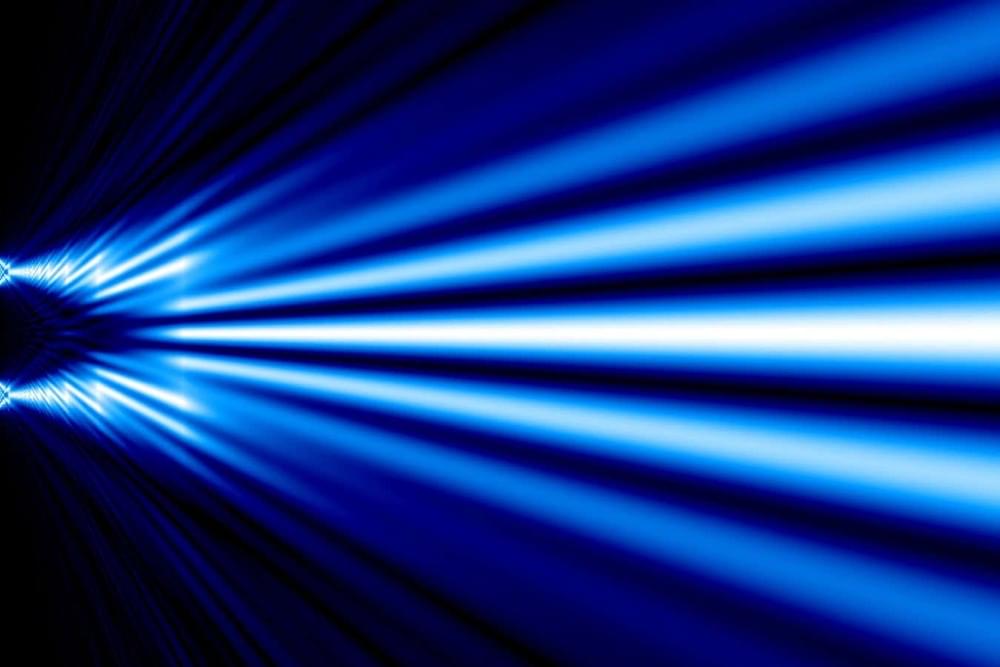
A single, extremely cold atom could play the role of two slits in the classic double-slit experiment from quantum physics, something that was previously thought to be impossible.
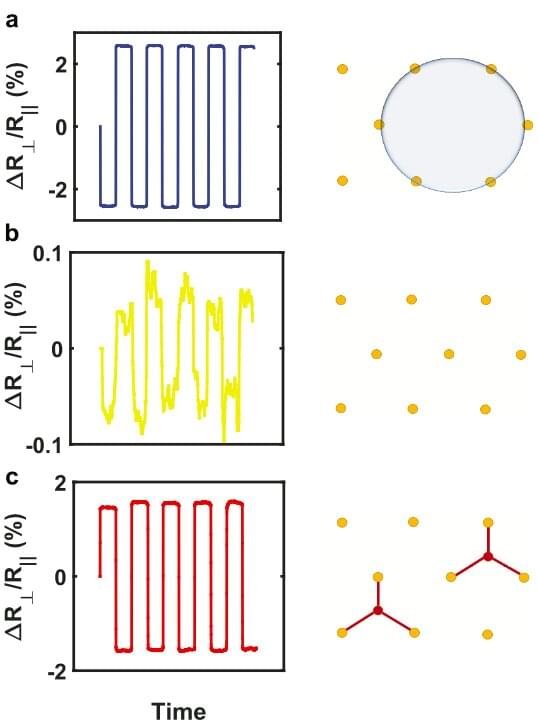
Over the past decade or so, physicists and engineers have been trying to identify new materials that could enable the development of electronic devices that are faster, smaller and more robust. This has become increasingly crucial, as existing technologies are made of materials that are gradually approaching their physical limits.
Antiferromagnetic (AFM) spintronics are devices or components for electronics that couple a flowing current of charge to the ordered spin ‘texture’ of specific materials. In physics, the term spin refers to the intrinsic angular momentum observed in electrons and other particles.
The successful development of AFM spintronics could have very important implications, as it could lead to the creation of devices or components that surpass Moore’s law, a principle first introduced by microchip manufacturer Gordon Earle Moore’s law essentially states that the memory, speed and performance of computers may be expected to double every two years due to the increase in the number of transistors that a microchip can contain.
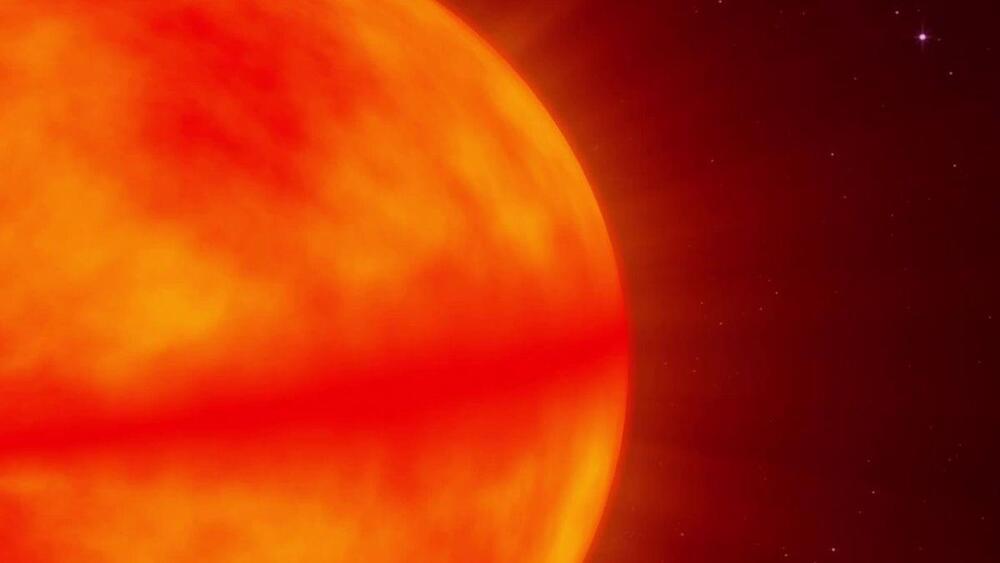
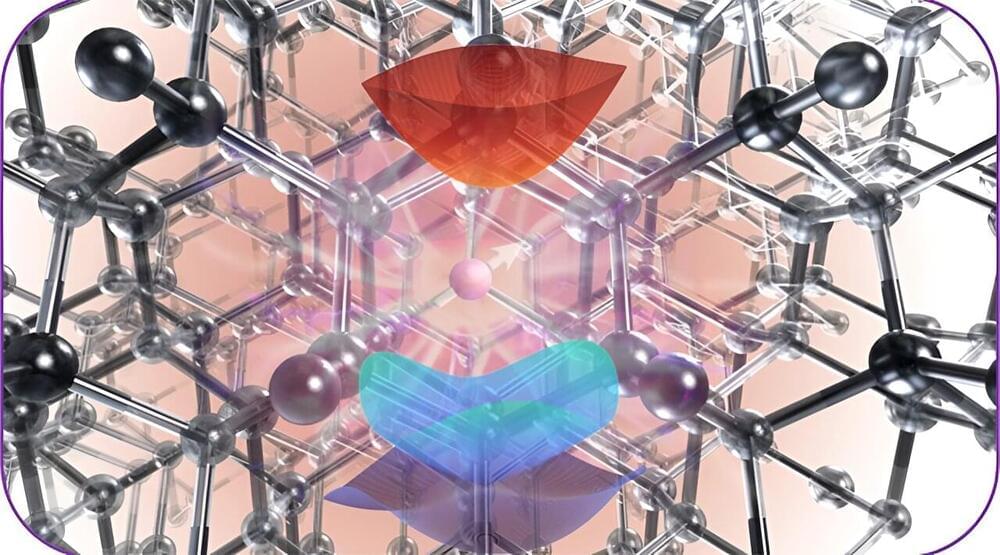
Researchers at the University of Chicago’s Pritzker School of Molecular Engineering (PME), Argonne National Laboratory, and the University of Modena and Reggio Emilia have developed a new computational tool to describe how the atoms within quantum materials behave when they absorb and emit light.
The tool will be released as part of the open-source software package WEST, developed within the Midwest Integrated Center for Computational Materials (MICCoM) by a team led by Prof. Marco Govoni, and it helps scientists better understand and engineer new materials for quantum technologies.
“What we’ve done is broaden the ability of scientists to study these materials for quantum technologies,” said Giulia Galli, Liew Family Professor of Molecular Engineering and senior author of the paper, published in Journal of Chemical Theory and Computation. “We can now study systems and properties that were really not accessible, on a large scale, in the past.”